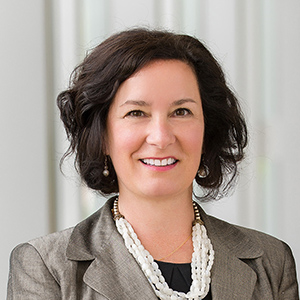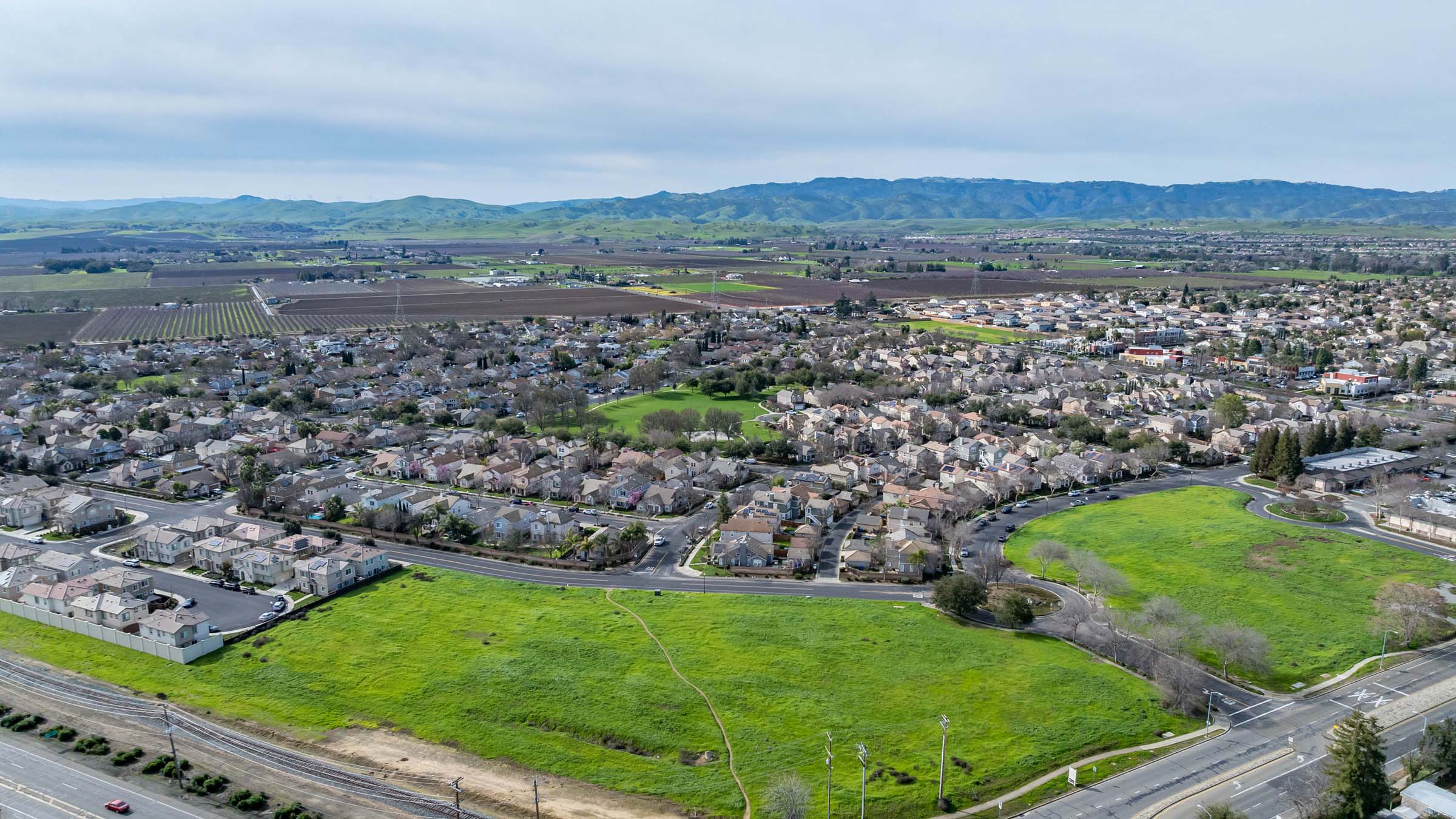In 2000, the National Endowment for Financial Education (NEFE) introduced Youth Financial Literacy Day to highlight the importance of establishing and maintain healthy financial habits. These efforts flourished and expanded into National Financial Literacy Month, culminating with a Presidential Proclamation encouraging financial capability across the country and renewing efforts “to support informed financial decisions that will open doors into the middle class and help ensure economic security for all.”
I personally don’t care so much for the term “literacy” as it applies to the discussion about Americans and credit, but any means that highlight and enhance personal financial awareness and education are greatly needed. This is a particularly vital undertaking in Indian country as American Indians individuals and families lately have realized real economic gains and are become increasingly responsible for managing their own financial affairs and challenges.
I know this from my own recent experience. Like many other families in Indian Country, my family and I recently had to make difficult decisions about whether to sell certain interests in reservation lands that have been part of our heritage since the late 1800s, when federal policy caused much of the Standing Rock Reservation to be divided up into individually-assigned allotments. Since our grandfather’s day, ownership of his original allotment has fractionated into numerous interests held by his children, grandchildren, and great-grandchildren, a process that was repeated in thousands of Indian families across the nation. The Land Buy Back Program for Tribal Nations (Buy-Back Program) implements the land consolidation component of the Cobell settlement, which provided $1.9 billion to purchase fractional interests in trust or restricted land from willing sellers at fair market value. Importantly, property acquired in this manner is immediately restored to tribal trust ownership, which could prove quite valuable for economic and community development. My family was one of about 245,000 owners of nearly three million fractional interests across Indian Country eligible to participate in the Buy-Back Program.
In its 2015 Status Report, the Department of Interior highlights many accomplishments in the first two fiscal years of the Buy-Back Program’s purchasing activity. Over $700 million has been paid to landowners, or nearly half of total money available under the program, and about 1.5 million acres of land have been re-acquired. Many individuals bought new homes and several tribes realized important community development objectives. In addition, the Cobell Education Scholarship Fund has received nearly $30 million, which in turn has already assisted students representing more than 80 tribal nations at 175 different academic institutions. These are impressive achievements to be sure.
Individual members of my family received the standard 2-page offer letter, which set out the offer amount, the voluntary nature and time limitations of the offer, and a statement about the tax implications of the sale proceeds. Embedded in the letter is the statement that upon completion of the sale, we would “no longer receive lease revenue or other benefits derived from those interests.” A separate paragraph highlights financial planning assistance through the Office of the Special Trustee for American Indians for information on savings, budgeting, managing credit or debt, estate planning, and avoiding scams and fraud. While the offer was seemingly straightforward, we had many questions about its details, about other options to unite our interests in our grandfather’s allotments other than sale, and about our own very personal desires to maintain tangible connections to our grandfather’s land and our family.
In many ways, compared to many other Indian Country families, my family was well prepared to make these decisions. We had many calls and conversations about the terms and conditions of the offer and the implications of a potential sale. As an attorney with years of experience in business and land deals in Indian Country, plus extensive experience in the federal government, I could relate the complicated history and policy underpinnings of the Buy-Back Program and explain the consequence of various options. Yet many of my relatives grappled with the decision and struggled to determine the best course, individually and as a family. In the end, some of us decided to sell, some explicitly decided not to sell or allowed the offer period to expire, and some used the gift deed process to consolidate their interests as a whole family.
Going through that process gave me a sharp awareness of the complex financial decisions that Indian Country families currently face and thus the importance of personal financial education. While nearly half (45 percent) of households are living in a state of persistent financial insecurity with almost no savings to cover emergencies or plan for the future, Indian Country likely experiences significantly greater financial stress.1 Federal programs such as the Buy-Back Program provide opportunities to improve individual financial capability by helping them increase their financial knowledge, skills, and access to fair, appropriate, and affordable financial products.
April also is tax time, and is yet another opportunity to offer financial capability assistance. The Volunteer Income Tax Assistance (VITA) program offers free tax services to low-income working adults, the elderly and persons with disabilities. In addition to helping with tax returns, VITA can offer access to affordable bank accounts and financial coaching, as well as direct deposit of tax refunds.
To ensure maximum benefit, financial capability needs to be developed over time and made available during key decision-making moments. Moreover, trusted financial advice and services need to be readily available and incorporated in trusted community institutions. The success of these diverse approaches depends on one common but often challenging notion — a willingness to talk about money.
On that note, I encourage Indian Country to take advantage of the opportunities for National Financial Literacy Month as much as possible, now and in the future. Here are some of those programs and resources:
- Native Financial Education Coalition, Nat$ve in the Bank - Empowering Native Youth to Build Their Financial Futures by Opening a Bank Account - a joint initiative of the National Congress of American Indians and Native Financial Education Coalition, which builds on the First Kids 1st and the Generation Indigenous (Gen-I) initiatives, and Activities for National Financial Literacy Month.
- On April 21st, Native CDFI Network will host a webinar on Financial Literacy Strategies in Native Communities webinar, co-presented with the National Congress of American Indians, will share best practices, client success stories, and helpful tools to highlight and accelerate Native financial literacy efforts.
- First Nations Development Institute’s Indian Country Financial Literacy Research resources.
Endnote
1 See Valentina Dimitrova-Grajzl, Peter Grajzl, A. Joseph Guse, and Richard M. Todd (2015), “Consumer credit on American Indian reservations,” Economic Systems 39 (2015) (518–540 shows that consumer credit scores are significantly lower among consumers living on reservations); see also https://www.fdic.gov/householdsurvey/2013report.pdf at page 16, which shows a high percentage of unbanked AI households; and see the “Economic Characteristics” sections of the Regional Profiles available at http://www.ncai.org/about-tribes/regional-profiles.





